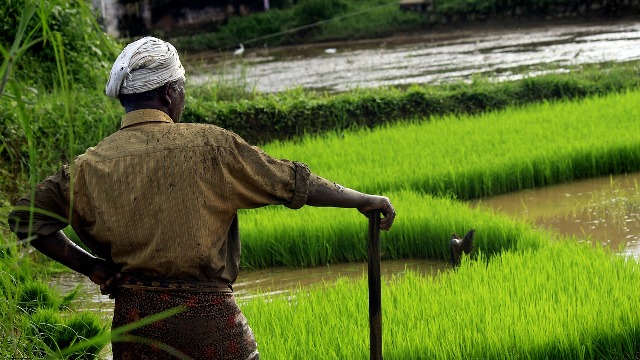How to double farmer incomes
Related Articles
SIR in Bihar reveals “large number” of foreign nationals from Nepal, Bangladesh, and Myanmar with Indian documents
In a shocking development ahead of the upcoming assembly elections in Bihar, the Election Commission of India (ECI) has found a “large number” of...
Missed Train Ticket Rules: आपकी ट्रेन छूट गयी, अब क्या करें, क्या बेकार हो जाएगा टिकट! जानें क्या कहता है रेलवे का नियम
अगर कभी आपकी ट्रेन छूट गई है, तो आप अकेले नहीं हैं। देशभर में हर रोज़ हजारों लोग ऐसे हैं जिनकी ट्रेन या तो...
Bihar Elections: Mahagathbandhan grand meeting held at Tejashwi Yadav’s house
Patna, India: Preparations for the upcoming assembly elections in Bihar are in full swing. An important meeting of the Mahagathbandhan (Grand Alliance) was held...

